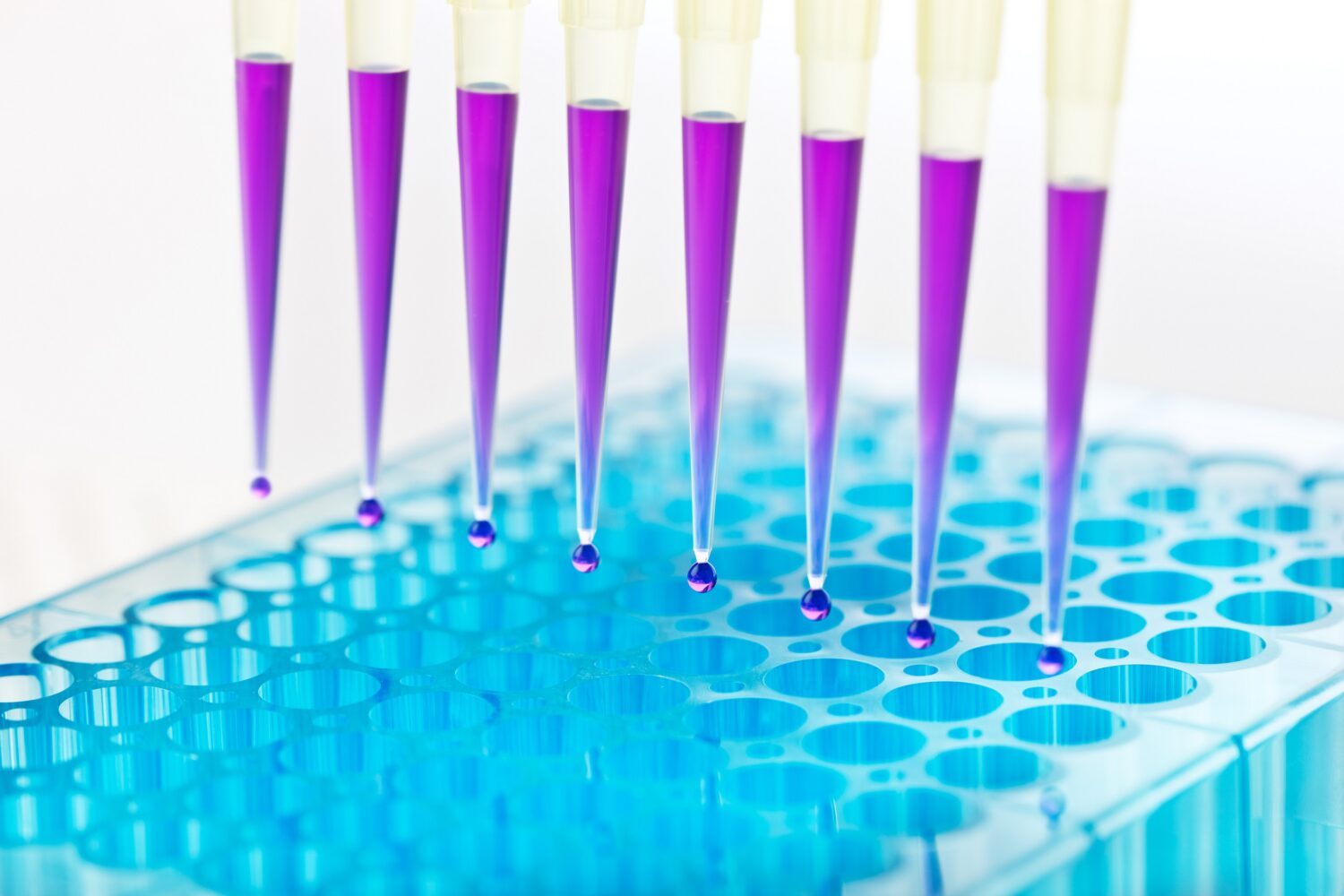This is the second part of a three-part blog post on the difference between biologics vs. small molecules for stability testing. This post’s focus is on analytical testing which for biologics is significantly different than small molecules.
Analytical Testing of Protein Drugs in Stability Studies
In terms of the analytical testing, biologics are complicated. In comparison to small molecules, it’s not only size that differentiates biologics. The process for making the drug is nowhere close to the chemical synthesis most often used in small molecule production. Instead, biologics are grown in a process that is more analogous to making beer than to making aspirin. The drugs are grown in cells specially modified to allow for unrestrained growth in large cell culture vessels. Those cells are engineered to produce the protein drug by inserting the necessary DNA sequence, and the cells do the rest. Once sufficient time has passed to allow the cells to produce protein, the cell culture broth is harvested and purified. The result is a complex protein with a specific sequence, but the cells grown and conditions used can result is some physical differences in the end product. So testing of these drugs requires not only the types of testing applied to small molecules, but also some tests that apply specifically to protein drugs.
Some testing approaches are used for both small molecule and biologics, with difference owing to the nature of the product. Simple physical tests like appearance, osmolality, particulates, water content, and pH are often applied. More advanced testing such as assay for purity and degradation products are also needed for both, but the technology and approach may be substantially different.
One of the key differences is that for biologics, structure does not imply function. For small molecules, potency of the drug is determined through testing in animal and human studies, and if the purity of the drug can be demonstrated in testing, the potency is inferred from that purity. That is not the case with biologics. Confirmation of the structure of the drug is necessary, but does not prove potency, so that a specific measure of the drug activity must be used.
In some cases, structure confirmation is done by a bioassay showing an effect in an animal model or in vitro cell culture model. It may also be done by a binding assay; that is if the proposed activity of the molecule includes a binding step. Biomarker assays may also be useful. These are an indirect measure of activity that are used in cases where the desired effect of the drug is not easily measured, but a substitute activity can be. The test may be upregulation of a specific gene or production of a specific protein. These are techniques used for biologics and very rarely used on small molecules.
Testing for purity also includes identification and quantitation of degradation products. Test methods to measure degradation products need to be designed for the specific product and must be validated.
Testing biologics for stability requires confirmation of the primary structure, which is analogous to a small molecule assay. But the complex nature of the biologics also requires that the conformational structure of the molecule be analyzed. The primary structure is organized into secondary structures by interaction of the amino acids, typically to α-helices and β-sheets. These secondary structures then fold into tertiary structure that is often aided by disulfide interactions, H interactions, or salt bridges. The conformation can have a profound effect on the potency of the drug and it is critical to understand any changes to the structure resultant from storage under stability conditions. Drugs this complex are sensitive to changes in the environment.
